If you’re planning a trip to Whitehorse, the Yukon Wildlife Preserve deserves a top spot on your itinerary. Just 25 minutes from downtown, this 350-acre sanctuary offers an incredible opportunity to see some of the North’s most iconic animals—up close, safely, and ethically. Whether you’re road tripping in the summer through the Yukon or flying in for a few days of northern lights watching in the winter, the preserve is the perfect place to connect with the region’s wildlife year-round.
Disclosure: This post contains affiliate links. If you buy something from one of our affiliates, we receive a small commission at no extra charge to you. Thanks for helping to keep our blog up and running!
Table of Contents
What to Expect at the Yukon Wildlife Preserve
Home to more than a dozen species of northern mammals, the Yukon Wildlife Preserve features large, natural habitats ranging from open grasslands and forests to wetlands and cliffs. It’s a blend of safari and nature walk—ideal for wildlife photography, quiet observation, and learning about Yukon’s diverse ecosystems and wildlife.
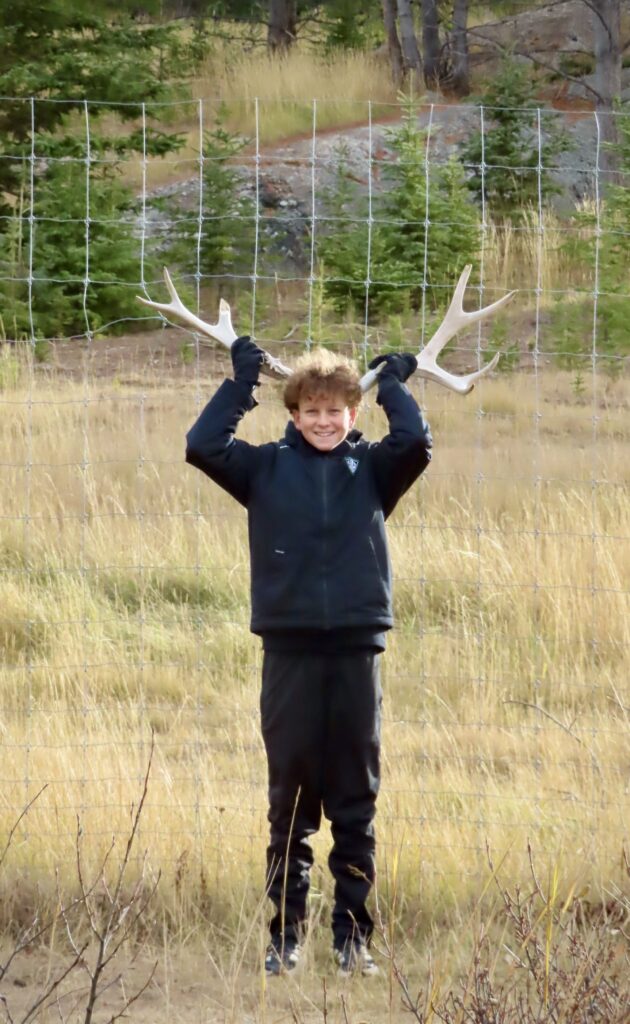
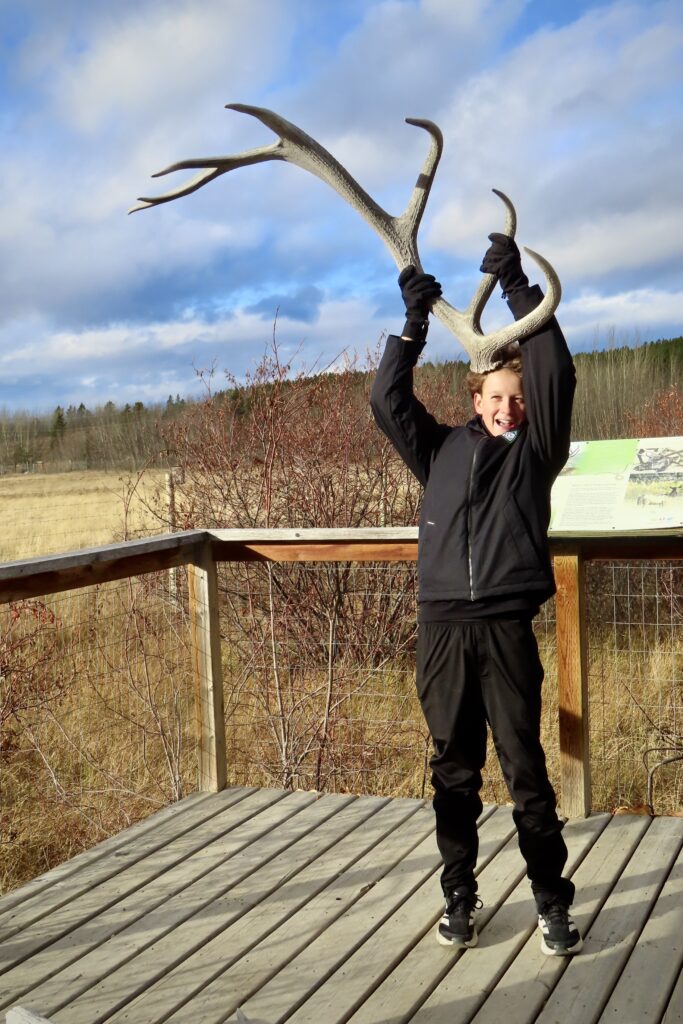

Visitors can explore the 5 km (3 mi) loop trail—on foot year-round, by bike in summer, on skis in winter, or by guided bus tour in any season. With over 150 animals spread across 142 hectares (350 acres), this is one of Canada’s 29 accredited zoos and aquariums, dedicated to education and conservation.
Need outdoor clothing or gear? Check out MEC ⬇️
Exploring the Preserve
We set off down the gravel road—five adults, two teens, and one four-month-old baby—unsure how far we’ll make it but eager to see what the day brings. Almost right away, a small herd of bison appears in the distance. Then a great horned owl perched near the trail steals the spotlight. Struck by a car and blind in one eye, it’s now cared for at the Preserve’s Wildlife Research and Rehabilitation Centre—a quiet introduction to the important work happening here.
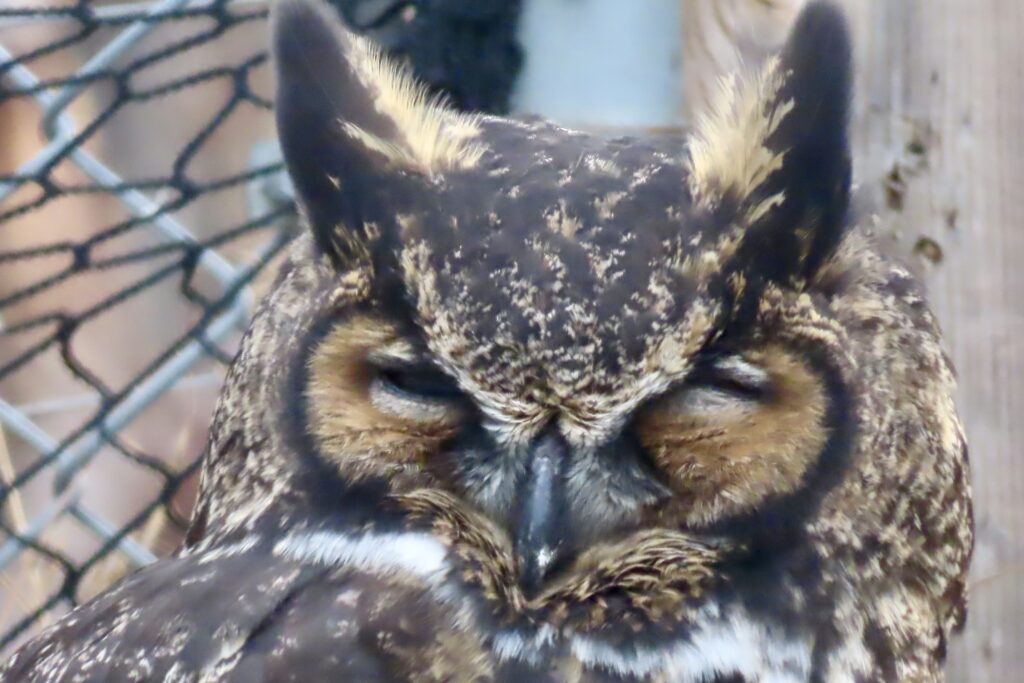
On Our Walk
A flash of black and white pulls our attention next. A magpie lands on a fencepost, its glossy tail feathers gleaming in the sunlight—an everyday bird for locals, but a first for our group of Vancouver Islanders. We follow winding paths closer to the tall page-wire fence where elk race across a meadow. From a nearby platform, mountain goats are spotted on cliffs ahead. Cameras come out fast.
Each bend in the trail brings something new—mule deer with heavy antlers, a peaceful pond dotted with swans, and the shaggy forms of muskox grazing in the sun. We linger near the thinhorn sheep before looping back, only to find a lone caribou who stood up alongside the fence and began matching pace with one of the teens for several magical minutes.
A bull elk stands high on a ridge, antlers shining, and another sprint breaks out when mountain goats appear closer to the trail. The lynx feeding time draws us next; she moves silently through the shadows, feasting on turkey necks as grey jays flutter nearby.

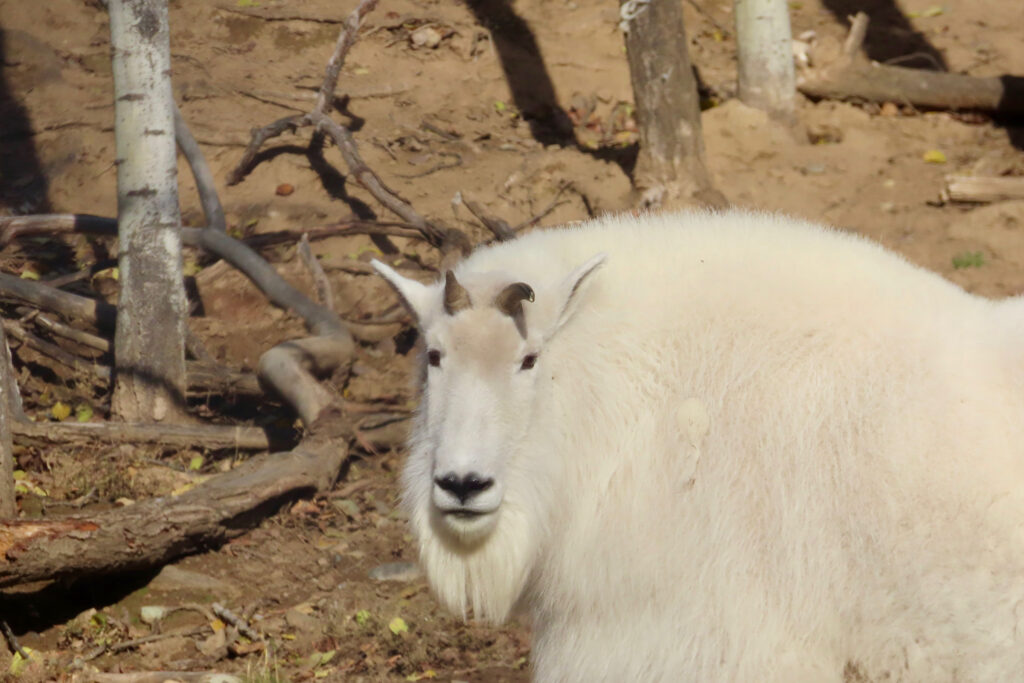
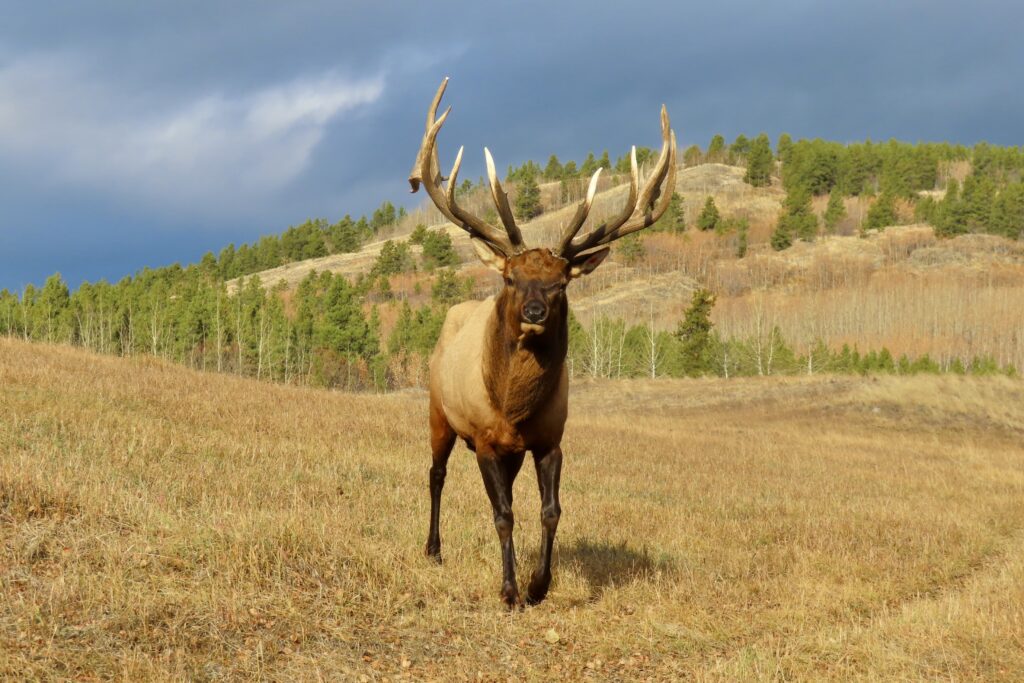
By the time we reach the end of the loop, the moose have shown themselves and the bison are ready for their photo session. We end our morning at a picnic table by the warming tent, sharing lunch and laughter beneath snow-dusted mountains—a perfect Yukon morning.
Visiting in winter? The preserve’s guided bus tours are a cozy way to explore—with spectacular photo ops of animals against the snow.
Getting to Know the Animals
Interpretive signs throughout the preserve share fascinating facts about each species—how they survive Yukon’s extreme winters, their role in the ecosystem, and ongoing conservation work that protects them.
The preserve is home to ten main species, each with ample room to roam in naturalized enclosures designed to mirror their wild habitats. Here’s what the numbers looked like in Fall 2025 (subject to change):
- Canada Lynx: 2 residents (mother and daughter) in a 2,266 sq m (24,394 sq ft) spruce-and-aspen habitat—try arriving at feeding time for your best chance to see them.
- Moose: 2 bulls and 1 young moose in nearly 20 ha (48.5 ac) of wetlands and woods.
- Mountain Goats: 3 males and 15 females on 9.9 ha (24.4 ac) of steep cliffs.
- Mule Deer: 32 roaming 13.5 ha (33.5 ac) of grassland.
- Elk: 16 grazing 32 ha (79 ac) of open field.
- Muskox: 12 individuals across 9.5 ha (23.5 ac) pastures.
- Red Foxes: 2 males in a 1,012 sq m (10,893 sq ft) hilly enclosure.
- Thinhorn Sheep: 25 across 13 ha (32 ac) of alpine slopes.
- Wood Bison: 19 roaming 15.7 ha (38.8 ac) of grassland.
- Woodland Caribou: 8 in 14.4 ha (35.6 ac) of rolling woods.
See the full map of the preserve here: Yukon Wildlife Preserve Map
History of the Preserve
- 1963: Danny and Erika Nowlan purchase the property.
- 1967: Danny establishes the Yukon Game Farm, focusing on breeding northern herbivores.
- 1970s: With his second wife, Uli, he begins accepting injured and orphaned wildlife.
- 1989: The Game Farm becomes the Yukon Wildlife Preserve, opening to the public for tours and education.
- 2001–2004: The Yukon Government purchases the property and partners with the Yukon Wildlife Preserve Operating Society (YWPOS) to manage operations.
- 2004: The Preserve officially opens, welcoming over 3,200 visitors in its first summer.
- 2007–2012: Expansion brings winter tours, school programs, and the Wildlife Research and Rehabilitation Centre.
- 2011: Founder Danny Nowlan passes away, but his legacy continues through the animals he helped protect.
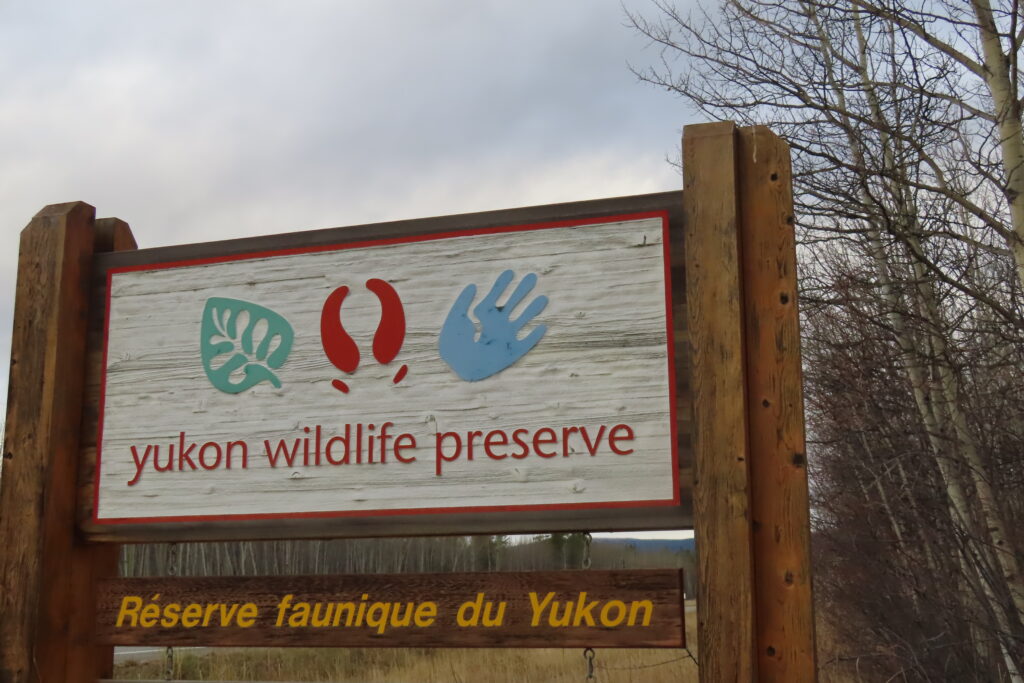
Commonly Asked Questions
How long should I spend at the Yukon Wildlife Preserve?
Plan for 2–3 hours to walk the full loop and enjoy photo stops. A 90-minute guided bus tour offers an excellent overview if you’re short on time.
How much does it cost to visit?
Admission ranges from $16–$30 per adult, depending on the season and tour type. Discounts are available for children, students and seniors.
How big is the Yukon Wildlife Preserve?
It covers about 350 acres (142 ha) of natural Yukon habitat—large enough for animals to live semi-wild.
How do I get there from Whitehorse?
The preserve is 25 minutes northwest of Whitehorse along Takhini Hot Springs Road. It’s easily accessible by car or through local tour operators that often combine it with a visit to the nearby Eclipse Nordic Hot Springs—a perfect post-adventure soak!
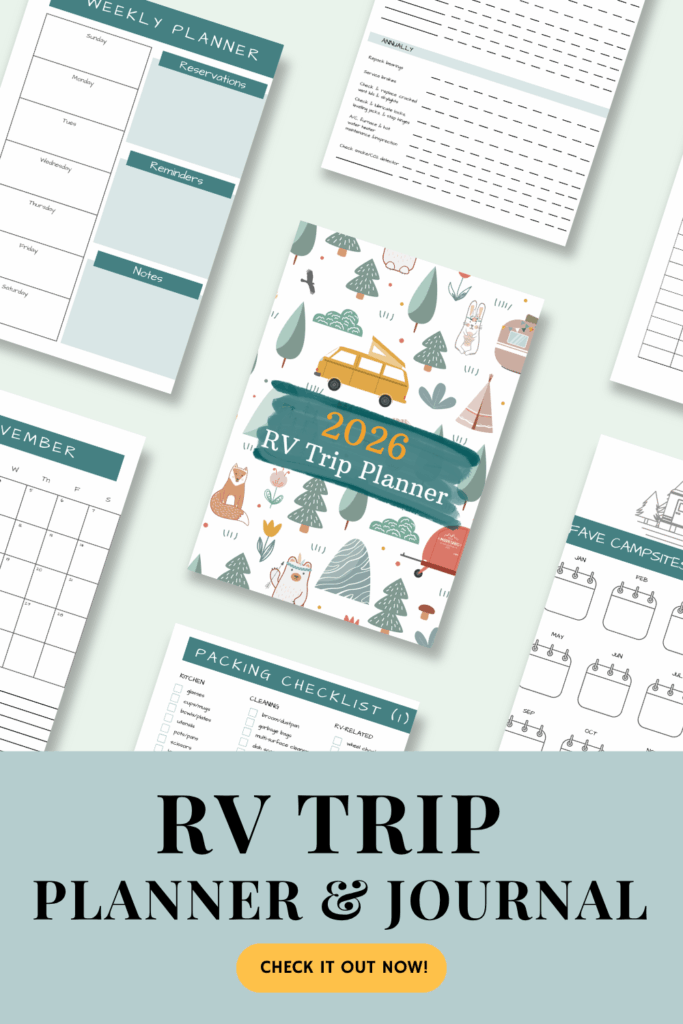
Use our 2026 RV trip planner to stay organized and record your memories.
Where can I learn more?
Visit the official site: Yukon Wildlife Preserve.

More Yukon Adventures
If you’re visiting in the winter, check out our post built for the season:
But if you’re heading to Yukon next summer – be sure to visit these posts:
Taking Time in Teslin
Nisultin River Canoe Trip
Exploring Carcross, Yukon
Yukon Adventures: Finding Stories Tall & True
Exploring Tombstone Territorial Park
Hiking in Tombstone Territorial Park
Backpacking in the Yukon: Bock’s Lake
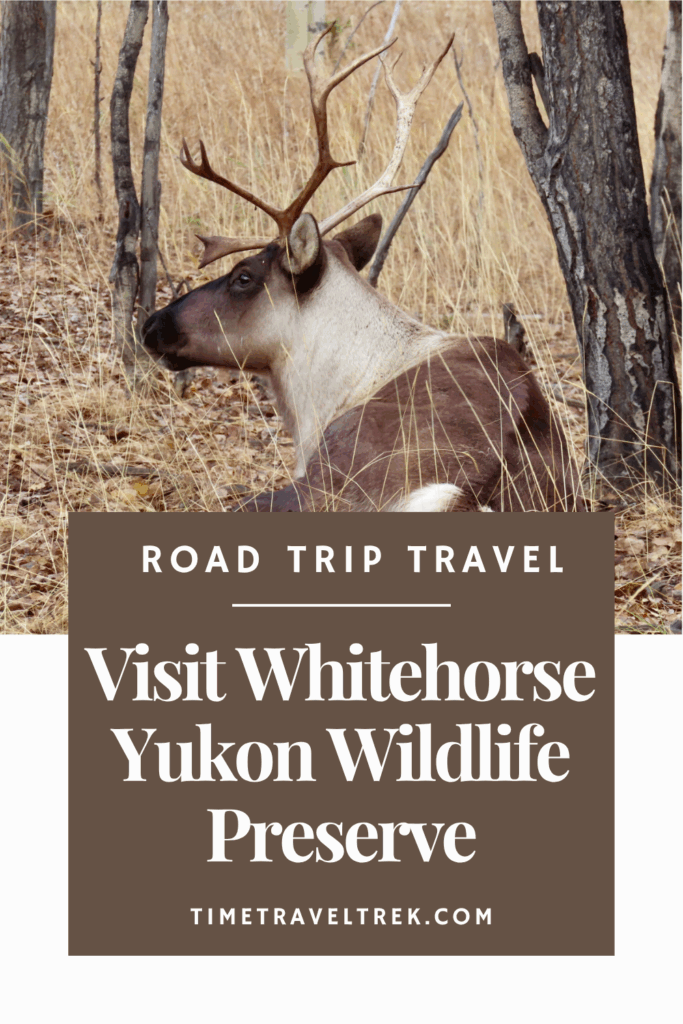

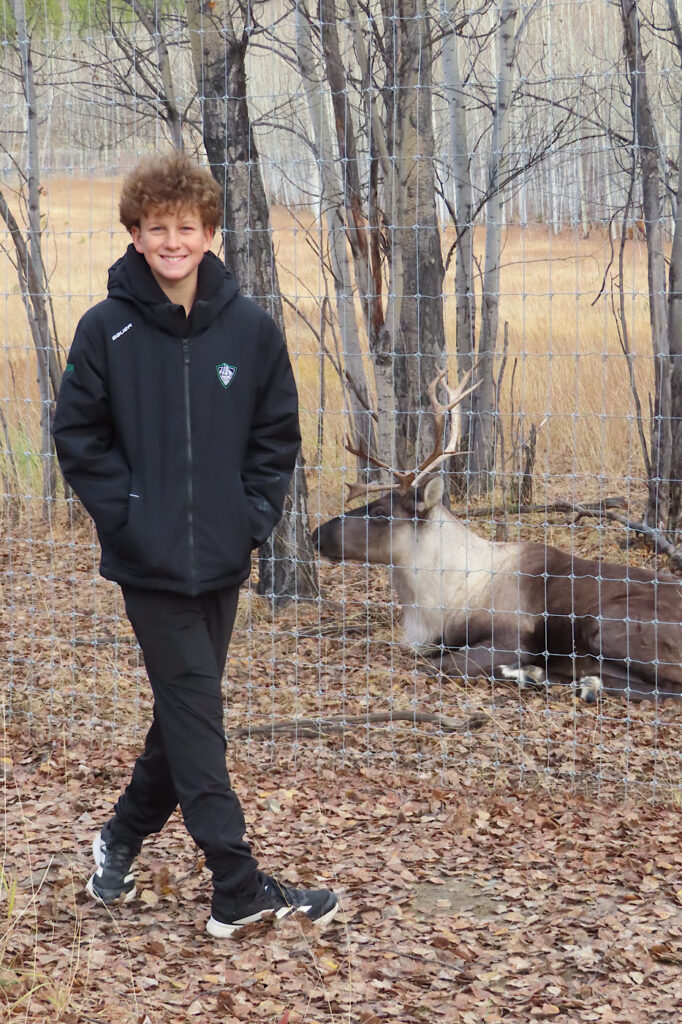
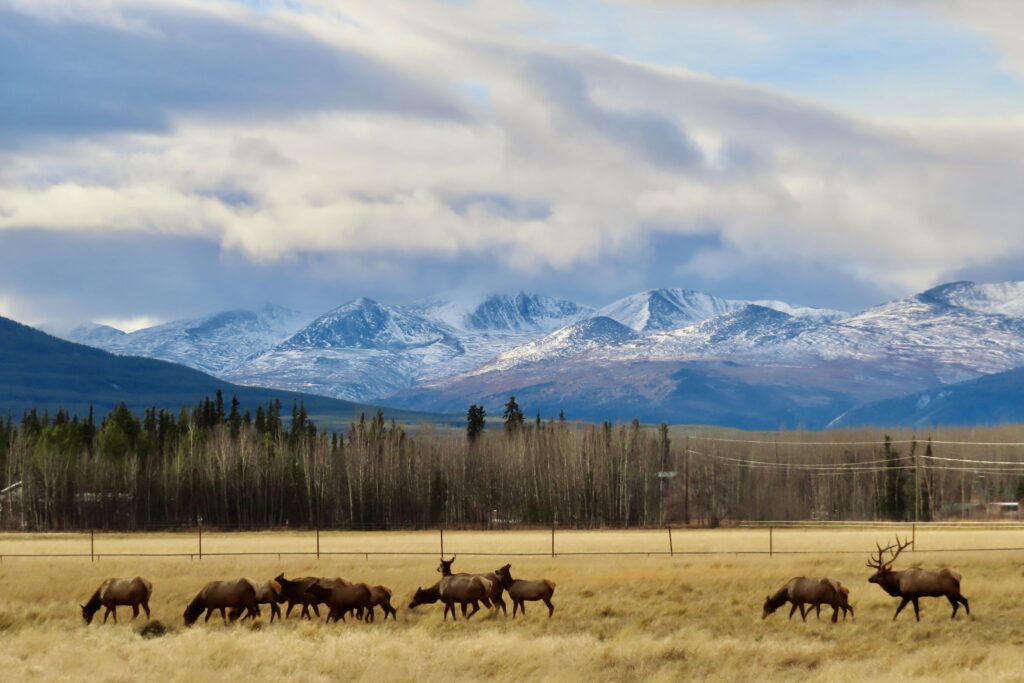
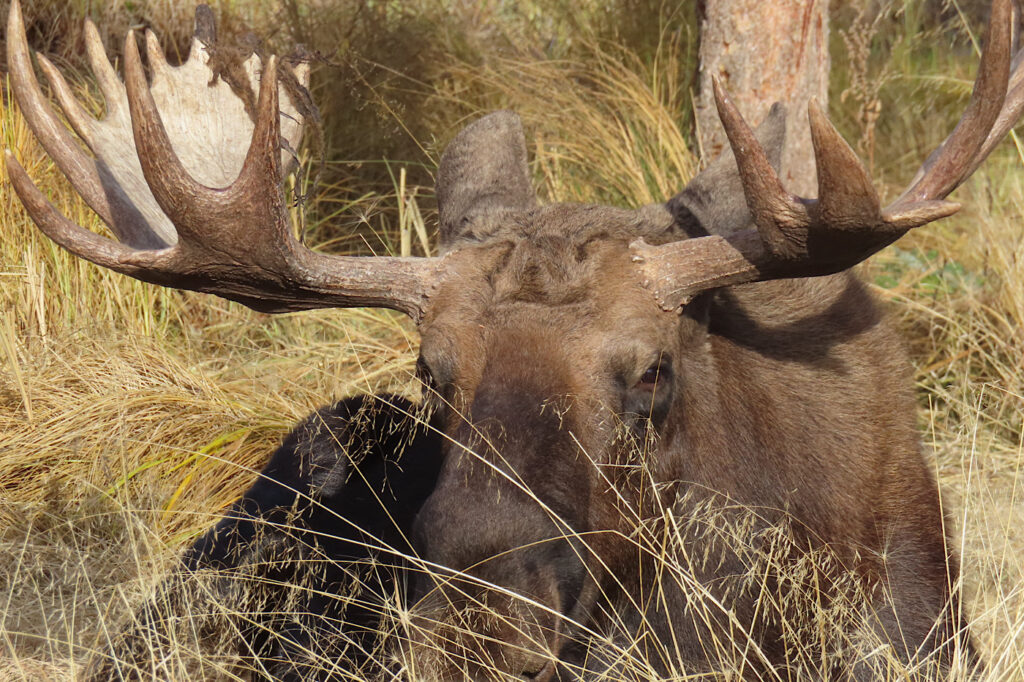
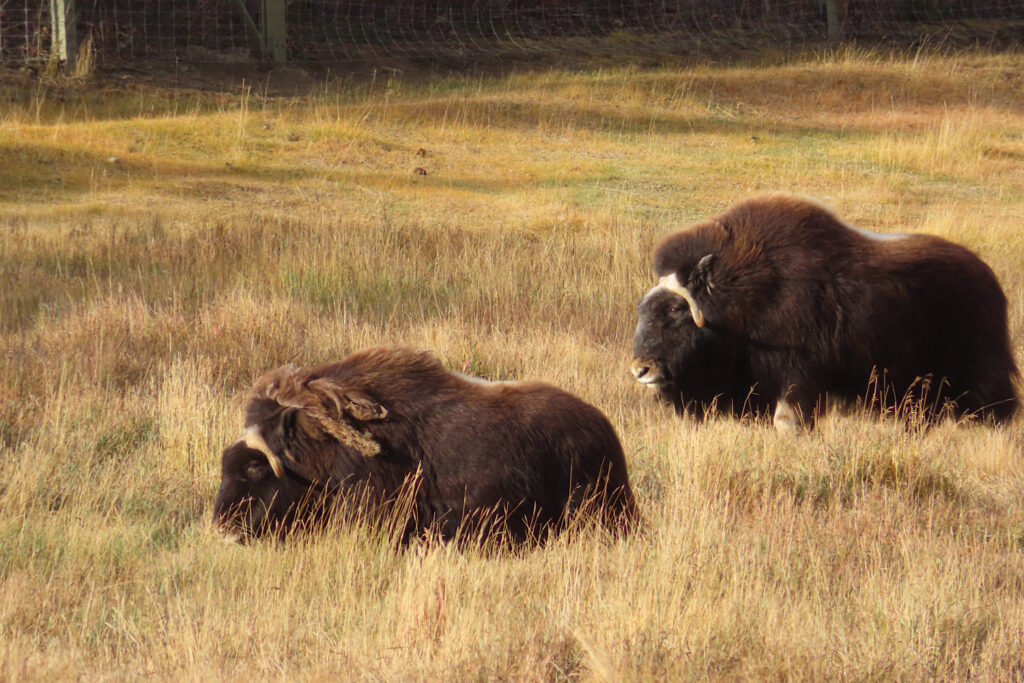
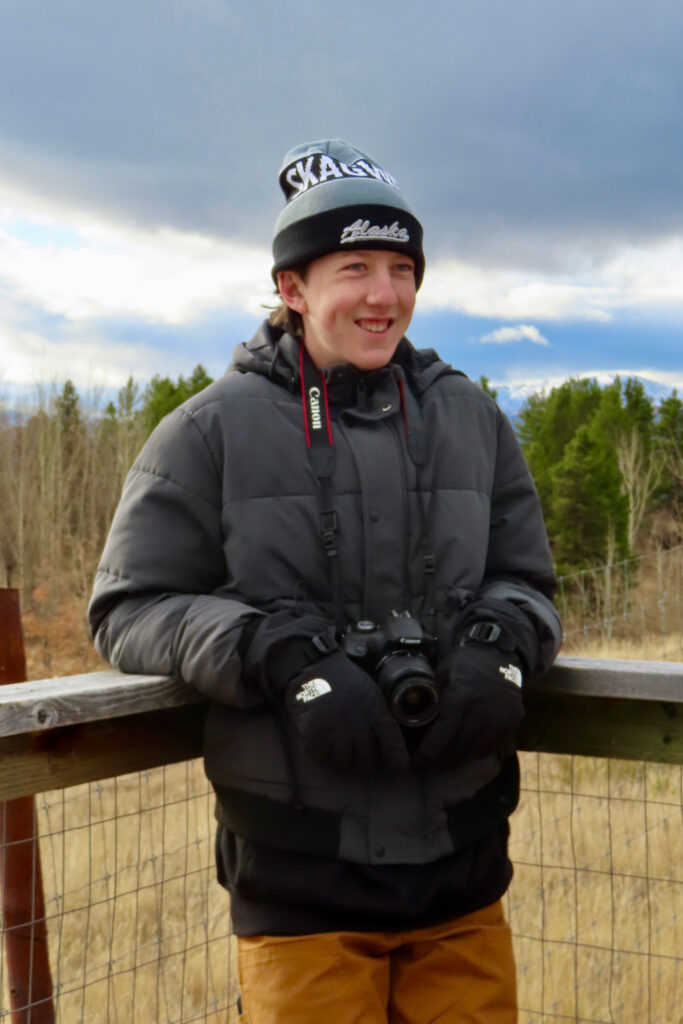
Leave a Reply